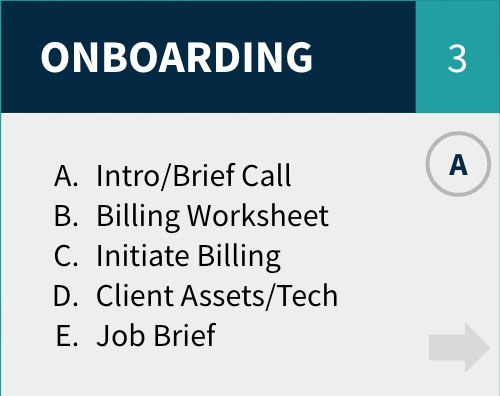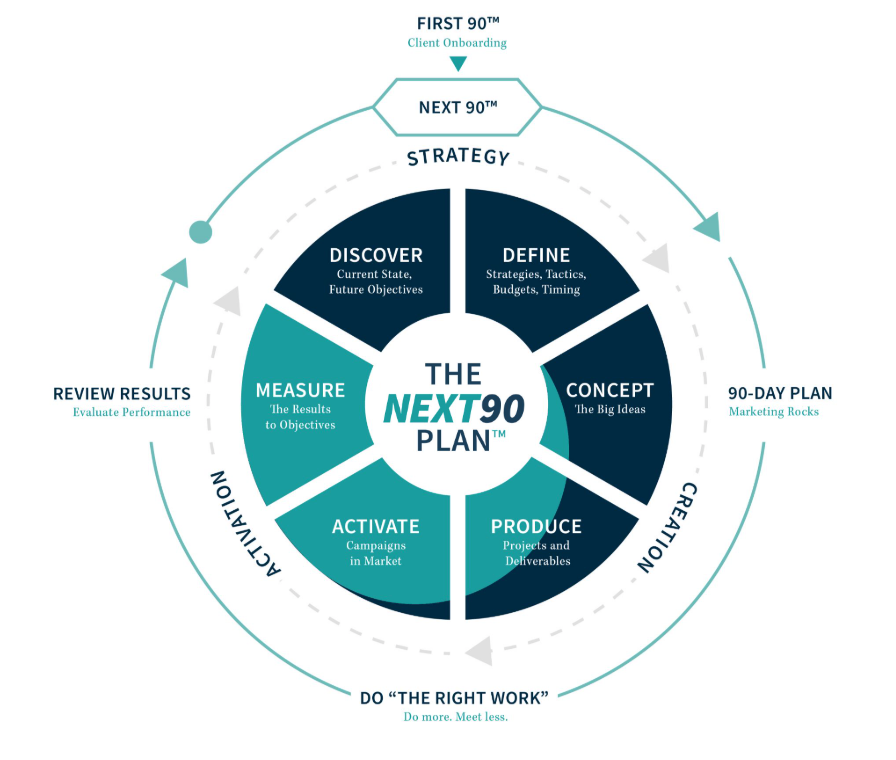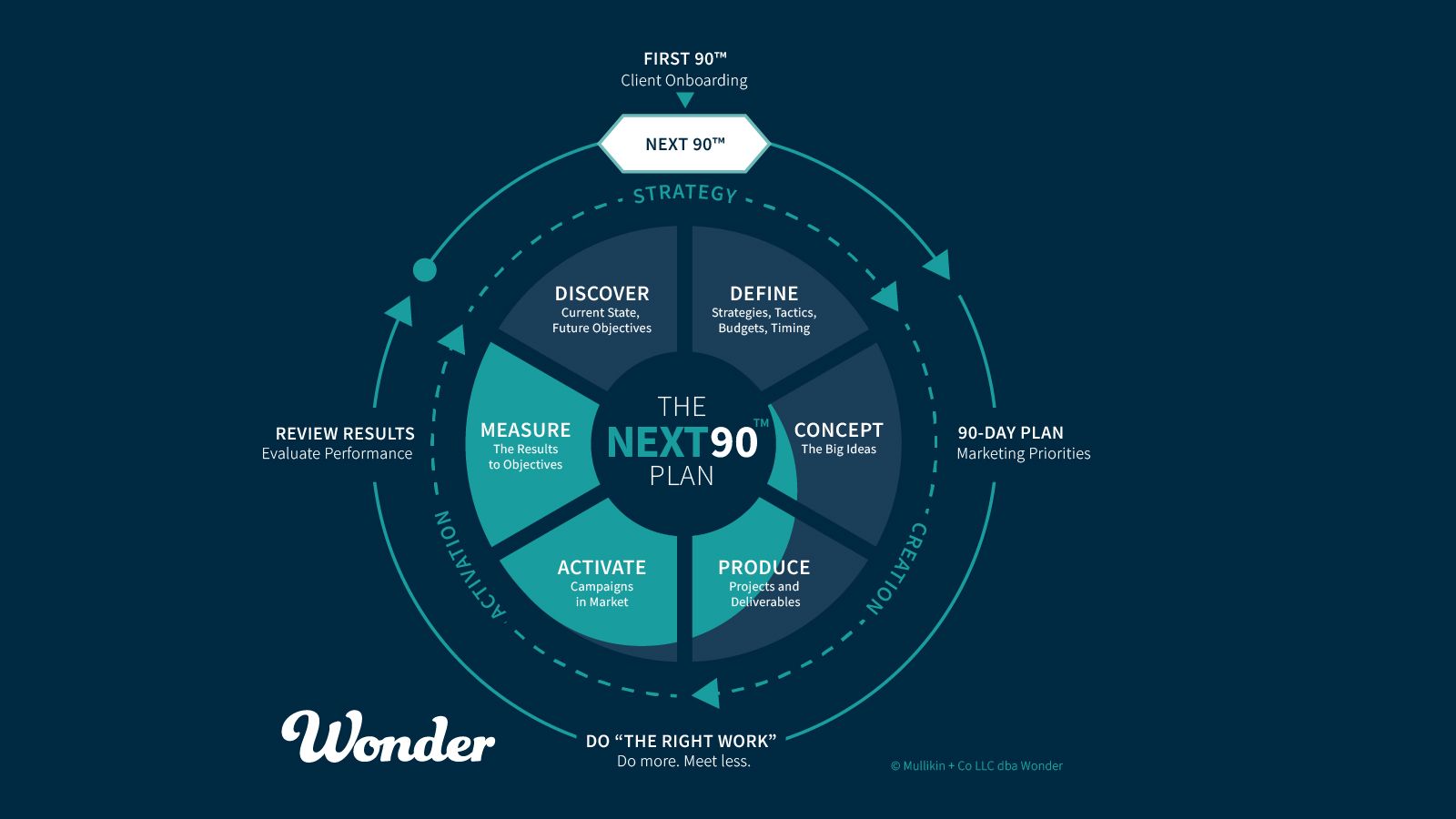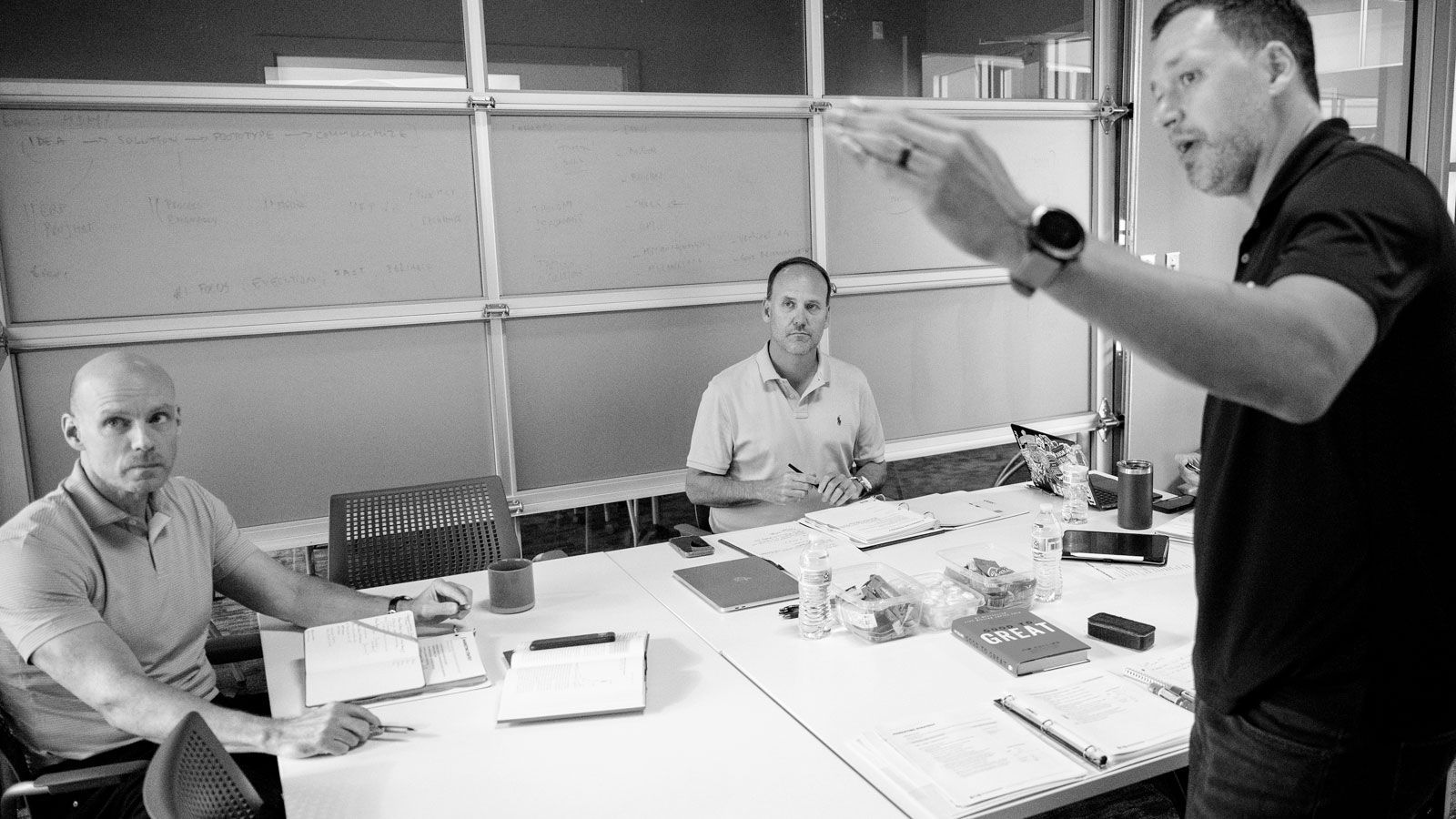
When running a business on the Entrepreneurial Operating System® (EOS®), clarity and structure drive results. Two powerful tools within EOS—the Core Processes and the Proven Process—serve distinct, yet complementary purposes in your business. Both are essential to achieving Vision and Traction, yet they operate in different arenas with unique objectives. In my EOS experience, understanding their roles is a vital early step in your EOS journey.
The Core Processes: Simplifying Your Internal Operations
The Core Processes are the backbone of your organization’s internal efficiency. They represent the 20% of activities that drive 80% of your desired outcomes. These processes should occur explicitly and consistently 100% of the time, ensuring that the core operations of your business are streamlined and effective.
Imagine you sell a product. Once the sale is closed, the natural progression leads to billing the client. What happens in between? The Core Processes systematize and document those steps, leaving no room for ambiguity. They help you answer, “How do we do this every single time to get the best results?”
At Wonder, for instance, one of our Core Processes is what happens after a client agrees to work with us. We call it Onboarding. We’ve outlined a clear, repeatable set of steps that ensures every project starts on the right foot and delivers the best outcomes. Here’s a simplified example:
- Intro/Brief Call
- Billing Worksheet
- Initiate Billing
- Client Assets/Tech
- Job Brief

By documenting and systematizing these steps, we ensure consistency and excellence in how we approach every engagement. Core Processes like these eliminate ambiguity, streamline communication, and deliver predictable results for our clients.
We reference our Core Process weekly as we identify process issues in our L10s.
The Proven Process: Demonstrating Your Value to the Outside World
While Core Processes live inside your organization, the Proven Process is your external-facing blueprint. It’s designed to showcase your company’s thinking, experience, and approach to clients and prospects. Think of it as the story you tell to illustrate why you’re the best choice for what they need.
The Proven Process is:
A visual representation or narrative that simplifies your methodology.
- A tool to build trust and demonstrate expertise.
- A consistent way to set client expectations.
For example, at Wonder our Proven Process is called The Next 90™ B2B Marketing Method, an organized and intentional approach that strengthens strategy, inspires creativity, fuels activation, and evaluates results to ensure continuous progress toward one-year marketing goals.
Here’s how Wonder's Proven Process works:
Discover: Current State, Future Objectives
We research your market position and goals to uncover key insights.
Define: Strategies, Tactics, Budgets, Timing
We establish the strategies, tactics, and timelines to achieve your objectives.
Concept: The Big Ideas
We develop impactful creative ideas to drive your marketing efforts.
Produce: Projects and Deliverables
We create the materials and assets needed to bring the ideas to life.
Activate: Campaigns in Market
We launch and monitor campaigns to ensure they effectively engage your audience.
Measure: The Results to Objectives
We evaluate campaign performance and refine strategies for continuous improvement.
This structured process ensures alignment, clarity, and measurable results at every step of the way.

Proven Process and Core Processes are Complementary, Not Redundant
The Core Processes and the Proven Process are different, but they complement each other. Core Processes ensure the inner workings of your business are consistent and efficient. The Proven Process communicates your competence to the outside world.
Core Processes answer: “What must we do internally to deliver consistent results?”
Proven Process answers: “How can we show our clients and prospects that we have a systematic approach to success?”
When both are implemented effectively, they reinforce each other. Core Processes enable the Proven Process to be more than just a promise; they make it a guarantee.
Why This Matters for Organizations Running on EOS™
Understanding the distinction between Core Processes and the Proven Process isn’t just academic—it’s a strategic imperative. Businesses that clarify these tools are better equipped to:
- Scale effectively while maintaining quality.
- Communicate their value proposition with confidence.
- Align internal teams with external expectations.
In other articles, I’ll explore how to create both your Core Processes and Proven Process. For now, start thinking about how these frameworks can enhance your organization’s efficiency and storytelling.






